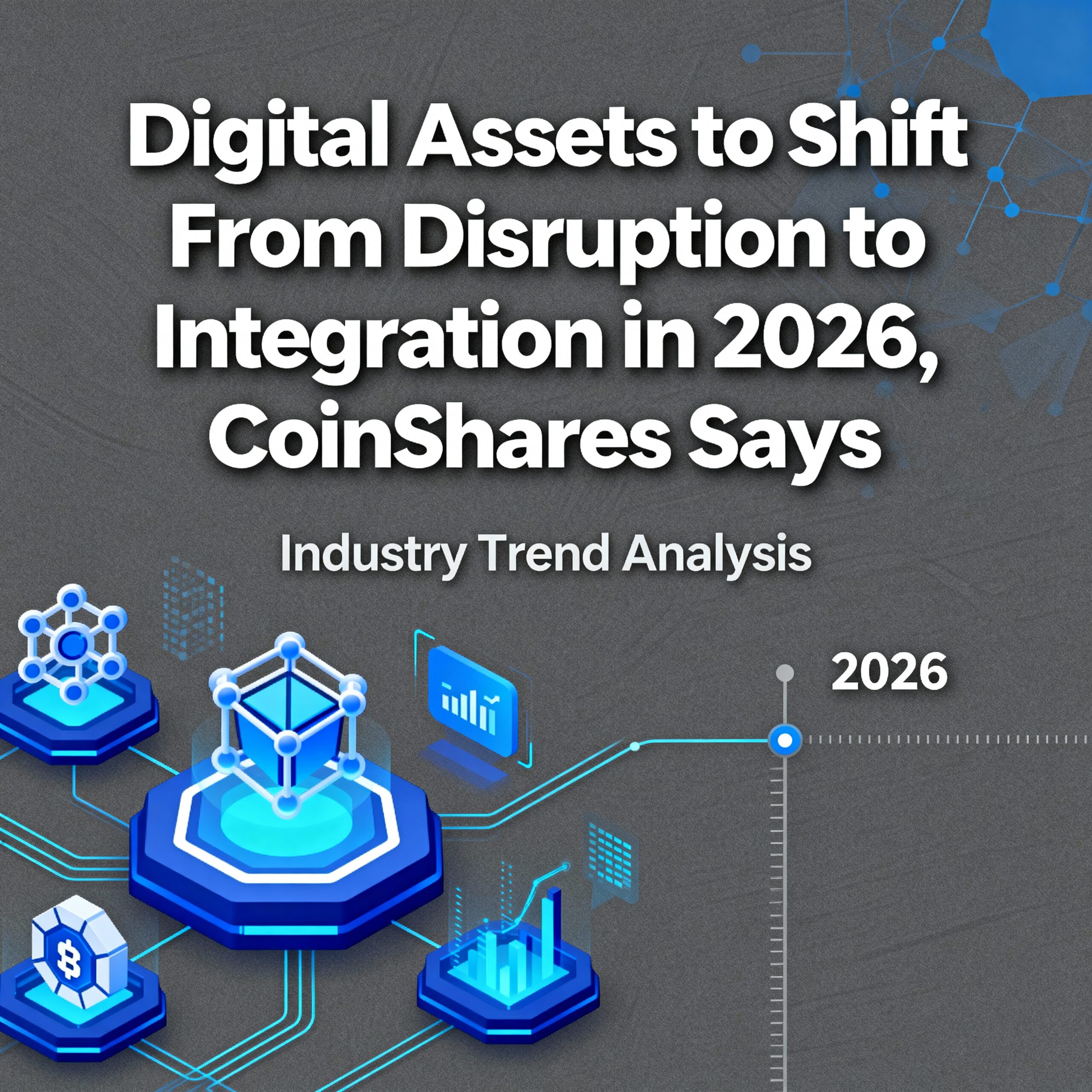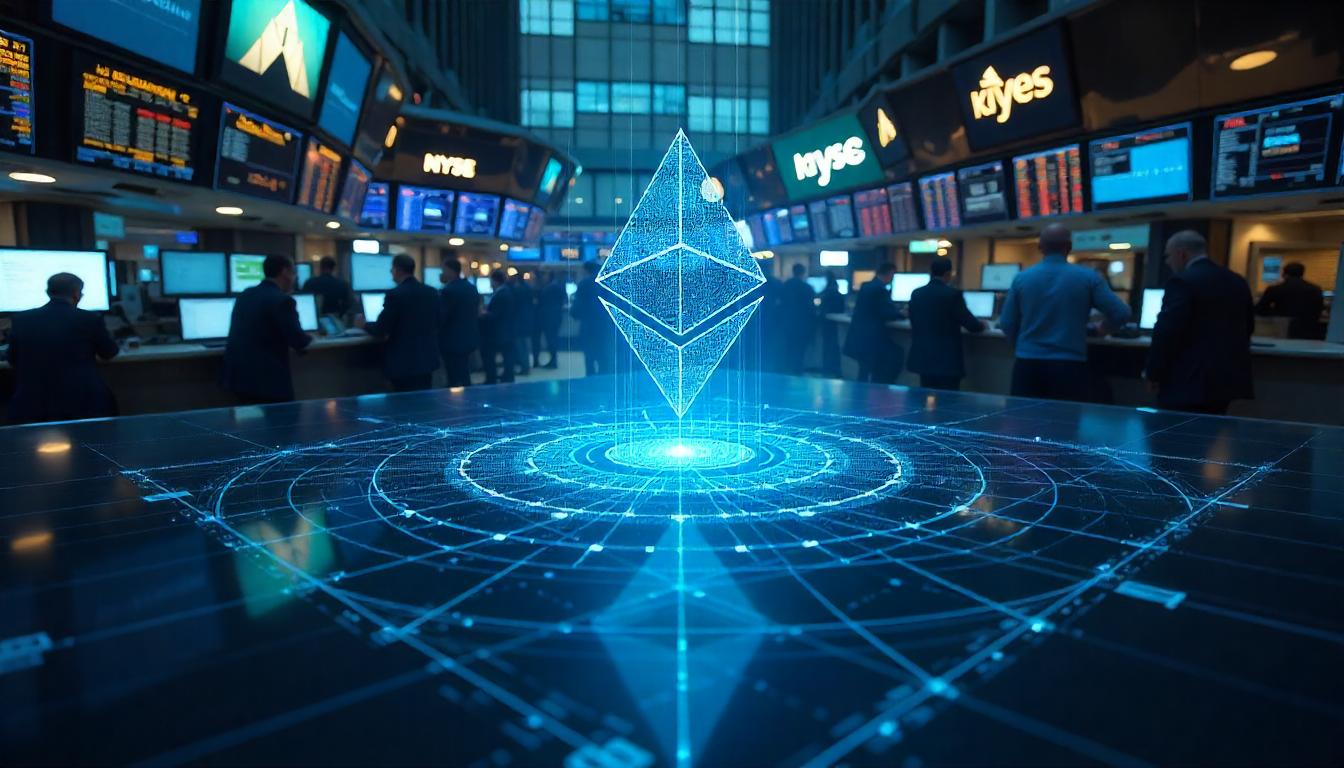Bank of America: Tokenization of Real-World Assets Accelerates as Investor Interest Grows
Bank of America (BAC) says institutional investors are increasingly shifting their focus from stablecoins to the tokenization of real-world assets (RWAs) such as stocks, bonds, real estate, and bank deposits — a development that signals the next phase of blockchain integration into traditional finance.
In a report published Monday, BofA noted that recent conversations with clients reflect growing momentum behind on-chain representations of tangible assets. While stablecoins remain dominant, RWAs are emerging as a critical theme in the broader digital asset narrative.
“This is the early stage of a multi-year transition toward blockchain-powered markets,” the report said, adding that tokenization offers the promise of 24/7 access, instant settlement, and programmable compliance through smart contracts.
Tokenizing real-world assets brings traditional financial instruments into the digital realm, allowing for fractional ownership, broader accessibility, and enhanced liquidity. A key example is the Dubai Land Department’s recent launch of a blockchain platform aimed at digitizing up to $16 billion worth of real estate by 2033. The initiative also introduces fractional ownership, opening up investment opportunities in a previously illiquid asset class.
Bank of America also addressed investor concerns about how blockchain-based systems could impact incumbent players like Citi (C), particularly its global transaction services unit, which accounts for roughly 40% of its earnings. While the tokenization wave could pressure fee-based and deposit-driven revenues, BofA said many investors may be underestimating Citi’s blockchain readiness and potential to adapt.
Overall, the report describes the tokenization push as a defining milestone for the future of finance, representing a tangible application of blockchain beyond speculation — one that could reshape market infrastructure over time.





